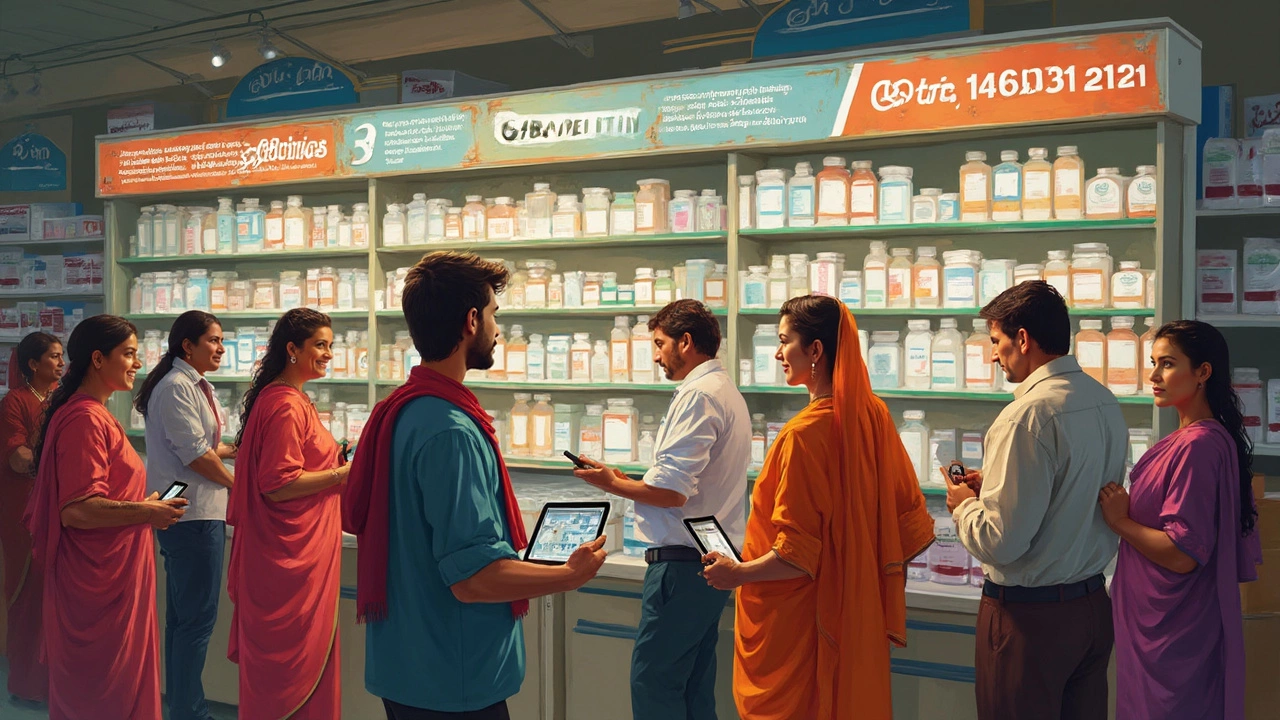Controlled Substance Safety: What You Need to Know
If you’ve ever seen a warning label that says “controlled substance,” you probably wondered what that really means. In plain terms, a controlled substance is any drug that the government has flagged because it can cause addiction, abuse, or serious health problems if used incorrectly. India classifies these medicines under the Narcotic Drugs and Psychotropic Substances (NDPS) Act, and doctors must follow strict rules when prescribing them.
Why does this matter to you? Because many of these drugs are also part of everyday treatment plans – think painkillers, certain anti‑anxiety pills, or even some strong antibiotics. When they’re taken the right way, they can relieve suffering. Take them the wrong way, and you risk toxicity, dependence, or even legal trouble. That’s why understanding the basics helps you stay safe and informed.
Common Controlled Substances in India
Not every prescription is a controlled substance, but a few categories show up often:
- Opioid painkillers – drugs like morphine, codeine, and tramadol are powerful pain relievers but can cause dependence if misused.
- Central nervous system depressants – benzodiazepines such as diazepam (Valium) calm anxiety and seizures, yet they can lead to sedation and withdrawal issues.
- Stimulants – medications like methylphenidate (used for ADHD) boost focus but may cause heart problems when over‑taken.
- Some antibiotics – certain broad‑spectrum antibiotics are controlled because overuse can create resistant bacteria, a public‑health threat.
Pharmacies in India label these items clearly, and you’ll usually need a special prescription pad. If a pharmacist asks for a copy of your doctor’s note, that’s a good sign they’re following the law.
How to Protect Yourself from Harm
Here are three practical steps you can take right now:
- Ask questions. When a doctor prescribes a controlled drug, request the exact dosage, how long you should take it, and what side effects to watch for. If anything sounds vague, ask for clarification.
- Never share medication. Even if a friend says they have the same pain, swapping pills can lead to dangerous drug interactions or legal issues.
- Keep track of what you’ve taken. Write down each dose in a notebook or phone app. This habit prevents accidental overdose and helps your doctor spot patterns that might need a dosage change.
Another tip: store these medicines in a locked box, away from children and guests. Controlled substances can look harmless, but a tiny amount can be toxic to kids.
If you suspect a problem – for example, you feel unusually drowsy, notice swelling, or develop a rash – stop the medication and call your doctor immediately. Quick action can stop a toxic reaction before it gets serious.
Finally, stay informed about any updates to the NDPS Act. The government occasionally re‑classifies drugs based on new research, and what’s legal today might need a new prescription tomorrow. Subscribing to a reliable health newsletter or checking the Ministry of Health website once a year keeps you in the loop.
Controlled substances play a vital role in modern medicine, but they demand respect and caution. By knowing which drugs fall under this category, asking the right questions, and tracking your usage, you can enjoy the benefits while minimizing the risks. Stay safe, stay informed, and don’t let a warning label catch you off guard.

Is Gabapentin a Controlled Substance?
Gabapentin, widely used for managing nerve pain and seizures, raises questions regarding its classification as a controlled substance. It's essential to understand whether this medication falls under such regulations due to potential misuse or dependency issues. Different countries have varied classifications for gabapentin, affecting how it's prescribed and dispensed. Awareness of these rules is crucial for both healthcare providers and patients. This article delves into gabapentin's status and provides valuable insights for those obtaining it through online pharmacies.

Do You Really Carry Your Own Baby with IVF?
Mar, 27 2025



